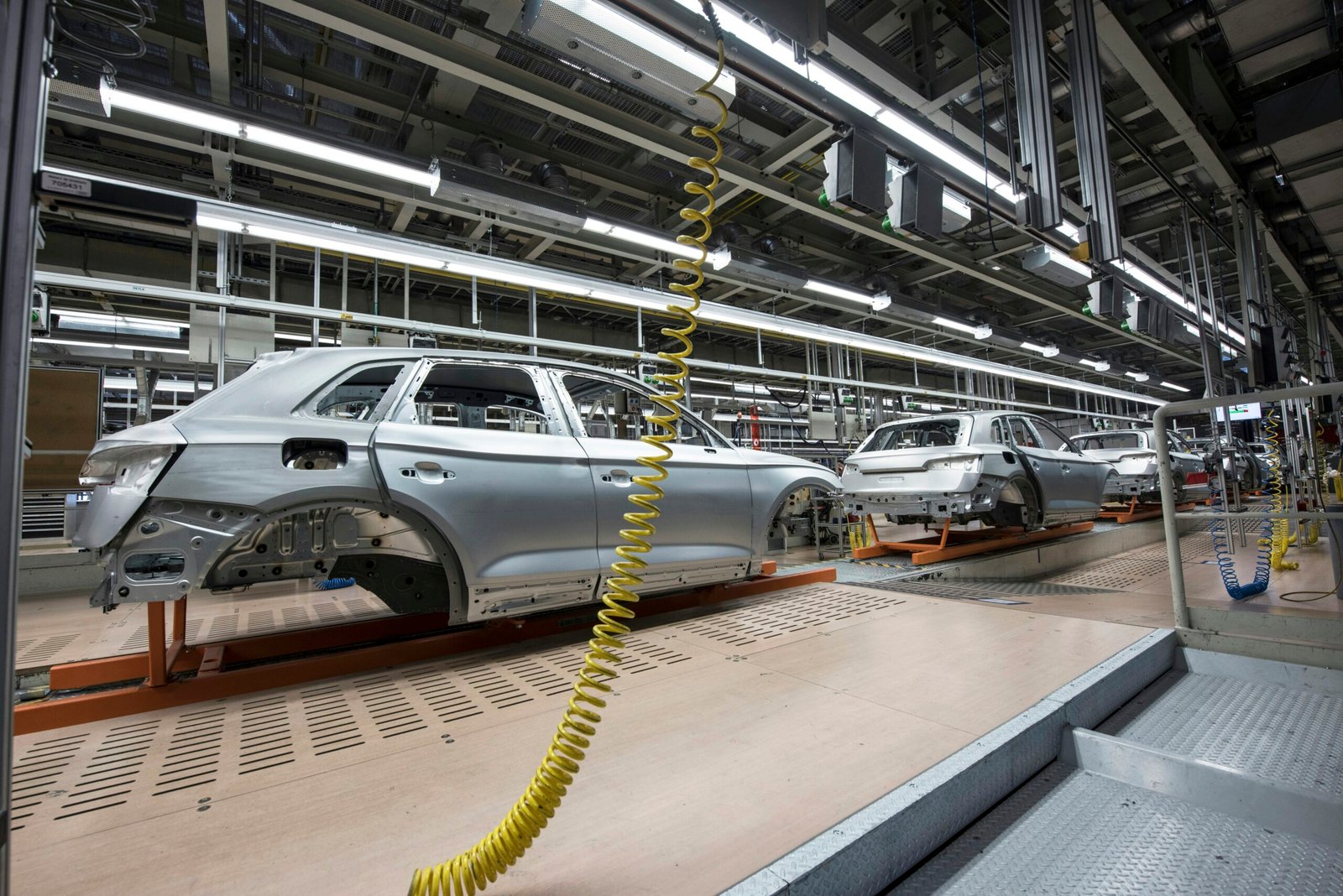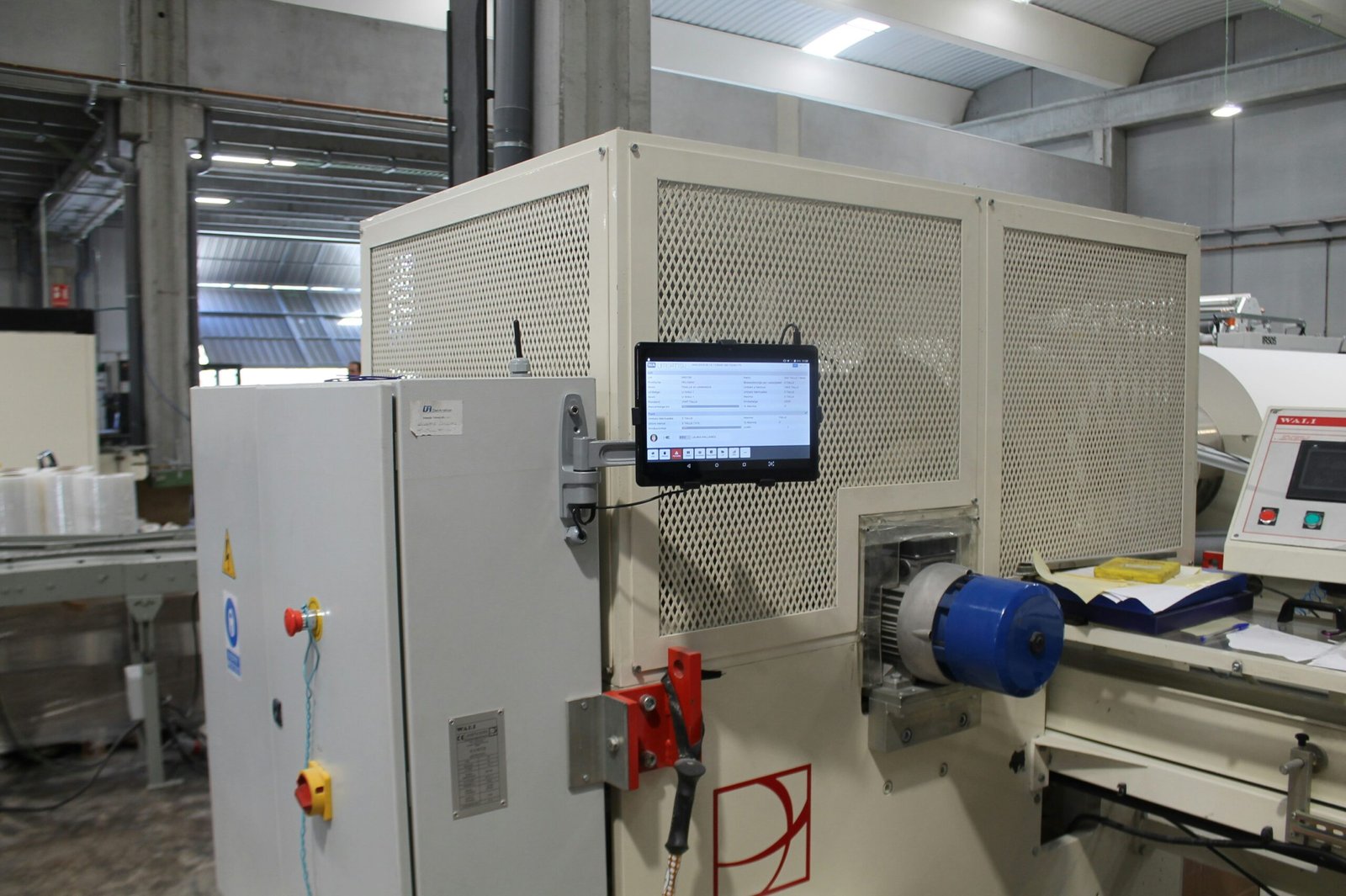Introduction to Robotics in Manufacturing
The integration of robotics into the manufacturing sector has been a transformative force, reshaping processes and redefining productivity standards. Robotics in manufacturing has evolved significantly over the past few decades, moving from rudimentary automated machines to advanced robotics systems that can perform a wide array of tasks with precision and efficiency. Initially, industrial robots were primarily utilized for simple, repetitive tasks such as welding, painting, and assembly. However, advancements in technology have led to the emergence of complex robotic systems capable of handling intricate operations, remote monitoring, and adaptive learning.
This evolution has played a crucial role in enabling manufacturers to enhance operational efficiency, reduce costs, and improve product quality. Modern robotic systems are equipped with sophisticated sensors and artificial intelligence, allowing them to work alongside human operators in a cooperative manner. Collaborative robots, often referred to as cobots, are designed to safely interact with humans, facilitating a more integrated and efficient workflow in production environments. Consequently, the adaptability of these machines has made them indispensable in various manufacturing sectors, including automotive, electronics, and consumer goods.
The increasing application of robotics in manufacturing processes raises important questions about the impact on the workforce. While the adoption of robotic systems can lead to job displacement for some roles, it simultaneously creates new opportunities in other areas. Skilled positions related to robotics maintenance, programming, and oversight are in greater demand as manufacturing facilities seek to harness the full potential of these advanced systems. Understanding the intricacies of robotic technology and its applications is essential for grasping the broader implications for employment in the manufacturing industry.
The Positive Effects of Robotics on Manufacturing Employment
The integration of robotics within the manufacturing sector has created a paradigm shift, enhancing productivity and safety while simultaneously ushering in new employment opportunities. One of the primary benefits of robotics is the significant increase in production efficiency. Automated systems can operate at a consistent speed and precision, leading to higher output levels. For instance, robots equipped with advanced sensors can detect and rectify errors in real-time, minimizing waste and ensuring quality control. This improvement ultimately allows human workers to concentrate on more complex, higher-level tasks that require critical thinking and creativity, such as engineering and product design.
Furthermore, the deployment of robotics significantly enhances workplace safety. By taking over hazardous tasks—such as handling heavy materials or working in extreme environments—robots not only reduce risks for employees but also contribute to a safer working environment. This shift can lead to lower accident rates, decreased worker injuries, and therefore less downtime for training or medical leave related to workplace incidents.
In addition to enhancing existing job roles, the rise of robotics has led to the emergence of new jobs focused on programming, maintenance, and oversight of robotic systems. Industries such as automotive manufacturing, electronics, and food processing have notably benefited from these innovations, driving demand for skilled technicians who can manage these complex machines. As a result, there is a growing need for training programs aimed at developing the necessary skills in the workforce, ensuring that workers are equipped to thrive in a technologically advanced setting. Overall, the positive effects of robotics on manufacturing employment are multifaceted, presenting an opportunity for workers to evolve their roles while fostering innovation and growth across industries.
Challenges and Risks Posed by Robotics in Manufacturing
The integration of robotics into the manufacturing sector, while offering significant enhancements in efficiency and productivity, also presents notable challenges and risks. A primary concern is job displacement. As manufacturers increasingly employ robotic systems for tasks traditionally performed by human workers, there is a palpable fear of widespread job losses. Positions that involve repetitive, manual tasks are particularly vulnerable, leading to anxieties about the future of the workforce in industries heavily reliant on labor. This shift signifies a critical need to assess how many jobs may be automated and to understand the implications on socioeconomic structures.
Another significant challenge associated with the rise of robotics is the skills gap that is emerging within the workforce. The implementation of advanced robotics requires not just operational capacity, but also a workforce skilled in programming, maintenance, and oversight of these systems. Many workers currently in manufacturing roles may lack the necessary skills to transition into positions that complement or work alongside robots. This gap not only hinders individual career progression but can also impact overall productivity and competitiveness within the industry.
To mitigate these challenges, there is a pressing requirement for reskilling and retraining programs aimed at preparing workers for the new technological landscape. Companies, educational institutions, and governmental bodies must collaborate to develop effective training modules that equip workers with the competencies needed in this evolving environment. By investing in educational initiatives and lifelong learning programs, the manufacturing sector can ensure that its workforce adapts successfully to the onset of robotics. Addressing these challenges is vital for achieving a balanced transition and for fostering a manufacturing ecosystem that harmoniously integrates human talent with robotic innovation.
Future Trends and the Role of Human Workers in an Automated World
The manufacturing sector is on the cusp of significant transformation due to advancements in robotics and automation technologies. As we look to the future, several key trends are likely to shape the landscape of manufacturing jobs. One prominent development is the introduction of collaborative robots, often referred to as cobots. Unlike traditional industrial robots, which typically operate independently of human workers, cobots are designed to work alongside people, enhancing productivity and efficiency. This partnership allows skilled human workers to focus on more complex and nuanced tasks while routine, repetitive processes are handled by robots.
Another critical trend is the integration of artificial intelligence (AI) within manufacturing environments. AI systems can analyze vast amounts of data quickly and accurately, leading to improved decision-making processes and optimized production lines. With AI, manufacturers can not only enhance operational efficiency but also predict maintenance issues and reduce downtime. However, this shift highlights the necessity for human oversight, as ethical considerations and strategic decisions cannot be entirely relegated to machines.
While automation and robotics may change the nature of certain jobs, the role of human workers remains vital. Humans excel in creative problem-solving, adaptability, and emotional intelligence—capabilities that machines, regardless of their sophistication, cannot replicate. As the manufacturing landscape continues to evolve, it will demand a workforce that is skilled in technology and equipped with the ability to manage and oversee automated systems. Ongoing training and reskilling initiatives will be essential to prepare workers for this new reality. Ultimately, rather than replacing human labor, advancements in robotics will create a shift in the types of jobs available, emphasizing the importance of human judgment and creativity as we navigate an increasingly automated world.









